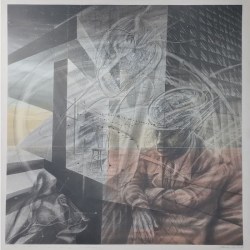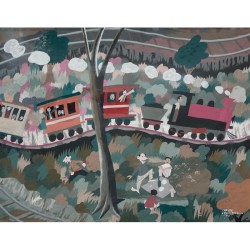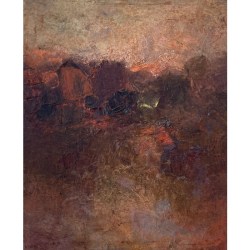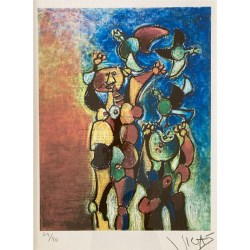Bio

He was born in Porlamar (Been New Esparta) in 4 of October of 1905.
He studied in the Academy of Beautiful Arts of Caracas, in the factory of the sculptor Angel Cabre' and Magriña; and in the Academy Julian of Paris, 1927 to 1931, with professors Landosky and Benard. He was modeled professor of sculpture and of the School of Arts Plastic and Applied and director of this one, 1953 to 1956.
Painter and sculptor. The artisan experience acquired by Narváez in his the first youth like assistant of its father Jose Lorenzo, famous cabinetmaker in the Margarita island, was brief the way to him of the direct stature, preparing it for the valuation of materials that until then had not been used in the Venezuelan sculpture: the stone marine of Araya and the one of cumarebo, porous and full of foraminifers that the material enriches, and of at least thirty wood of the tropic and Canada, of but varied polychrome. The experience with these materials allowed Narváez to open a modern stage to the Venezuelan sculpture, when concentrating its work in the possibilities of obtaining self-sufficient forms of the same materials, leaving the figurative subject little by little to reach the abstraction in 1954, with a exhibition of its work celebrated in the Museum of beautiful Arts.
Criollista in one first stage, its individual exhibition (1938) in the Venezuela club, in Caracas when it was at that time in Paris, was in certain way the manifesto of a realistic style free of prolijidad and anecdotic, conceived like volumes formed by closed blocks of serious lines and somewhat ornamental intention, in where the subject by its organicidad and its form, evades all anecdote.
Narváez has participated in numerous collective exhibitions inside and outside the country, among others: in the Hall Autumn, Paris, Fair the International, New York; Fair The International, Brussels; National biennial of Venice, halls art inside Venezuela, Official Hall Caracas.
Individual Exhibitions: Museum of Beautiful Arts, 1954 and 1956; Exhibition hall of the Mendoza Foundation, 1958, 1960, 1962, 1964 and 1970; Framauro Gallery, 1971.
You compensate: 1940: National prize of Sculpture, Official Hall; 1941: Prize John Boulton, Official Hall; 1948: National Painting prize, Official Hall.














